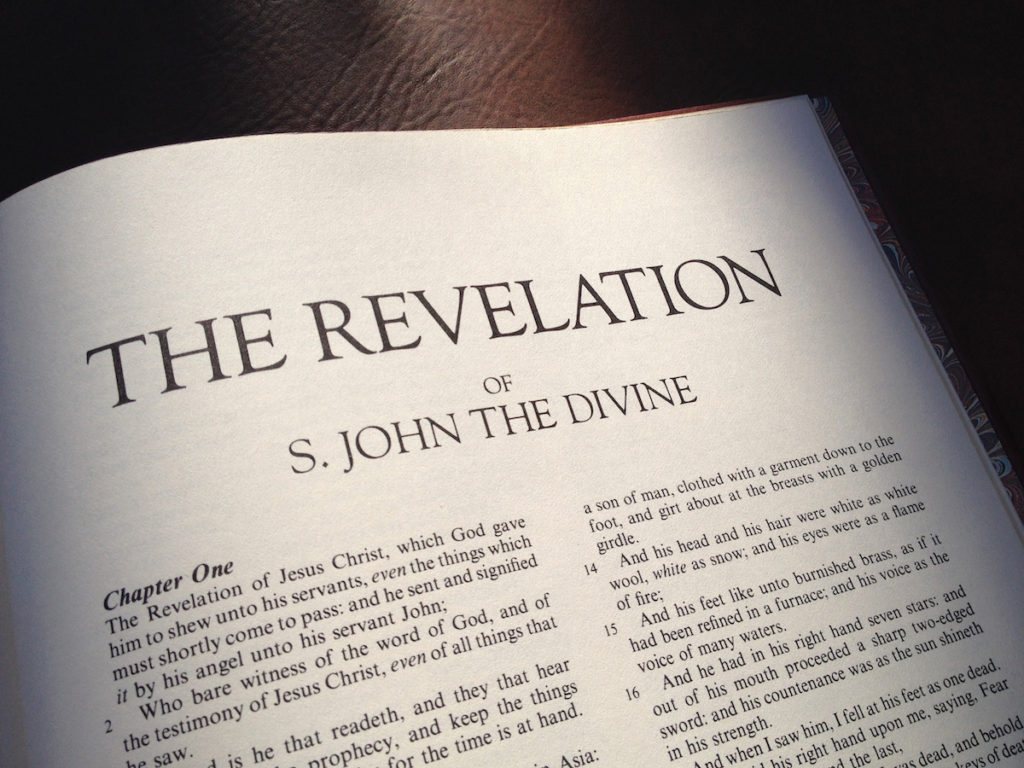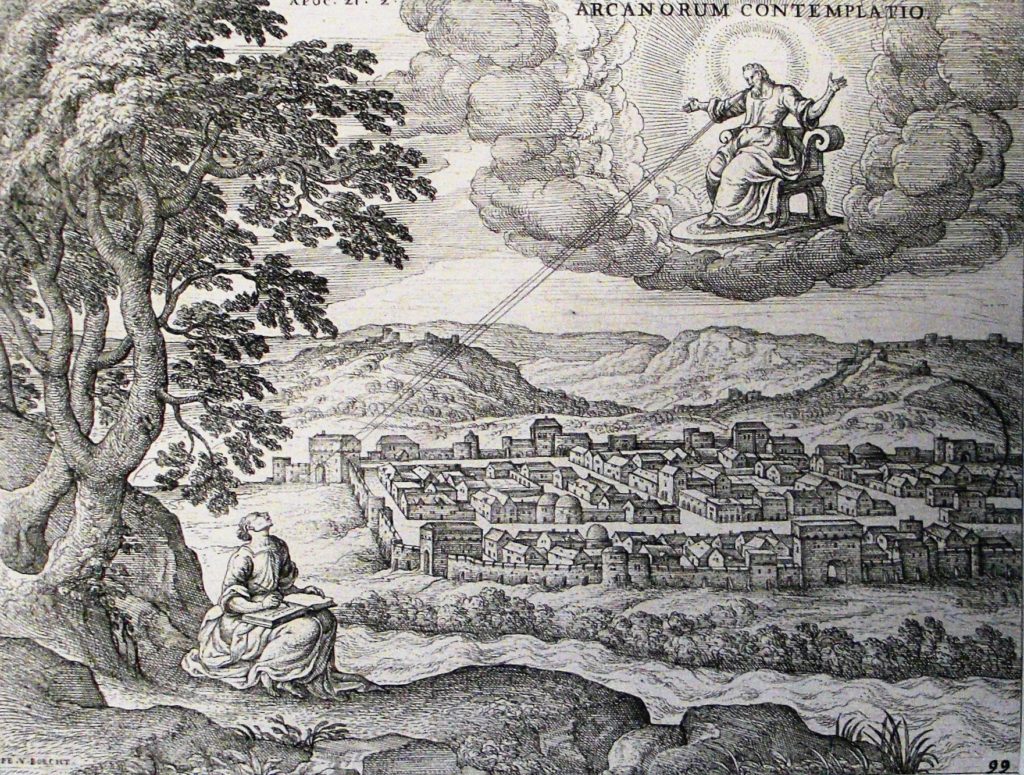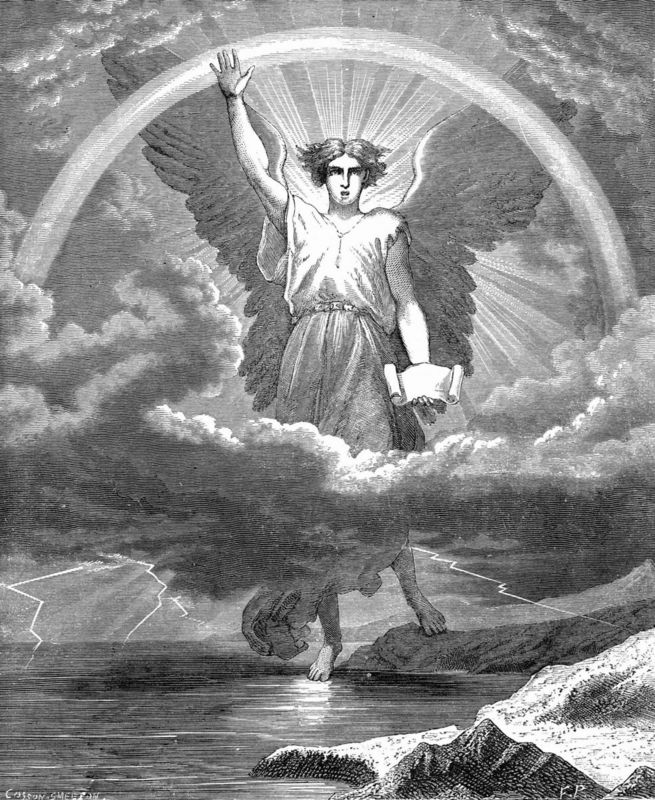
Recently in the comments section of this blog, someone wrote the following about the 666 reference Revelation 13:18,
The 666 is incorrect. It can’t be these numbers by Hebrew standards. The Aramaic proves this too. There are many teachings available to this regard. One being by [I deleted the name of a prominent Hebrew roots teacher].
This was my response:
With all due respect, simply making a statement why you disagree is not helpful to our discussion of the subject. Kindly give us Scripture and verse along with the meaning of the biblical words and contexts in which a biblical word or concept is found. Simply throwing out a name of someone who teaches differently on a subject is not helpful either. There are many well known personalities the world over who are wrong on many subjects. Name dropping means nothing to the discerning truth seeker. We want to know what the Bible has to say on the subject.
Figuring that many people out there would like to have a fuller understanding of the meaning of 666, these last few days I have been researching this subject. Here is what I have learned. Please enjoy. — Natan

Revelation 13:18, Six hundred threescore and six [KJV]/666 [NKJV]. Here is the full text of this verse:
Here is wisdom. Let him who has understanding calculate the number of the beast, for it is the number of a man: His number is 666. (Rev 18:13, NKJV)
For six hundred threescore and six (KJV) or666 (NKJV), New Testament Greek-English interlinear translations show two variants as to the Greek behind these words. Some show the Greek words hexakosioi hexekonta hex meaning “six hundred and sixty six” (e.g. William Mounce’s Greek and English Interlinear New Testament and The Greek New Testament [fourth edition by Aland, Metzger et al]. Most Greek lexicons define these same words (e.g. Thayer and Arndt-Gringrich) as meaning “six hundred and sixty six”…
- hexakosioi means “six hundred”
- hexekonta means “sixty”
- hex means “six”
For six hundred threescore and six (KJV) or 666 (NKJV), J.P. Green and J. J. Griesbach (in his Diaglott) in their New Testament translations have the Greek letters “χζς” behind the words 666 as does Vincent in his lexicon (Vincent’s Word Studies in the New Testament, vol. 2, p. 531).
As to why some New Testament Greek interlinears and lexicons simply have the Greek letters χζς, while others have the Greek words hexakosioi hexekonta hex, Vincent explains that in the earlier Greek New Testament manuscripts, it is written in full (i.e. hexakosioi hexekonta hex) as opposed to just the letters χζς, which correspond to the Greek numbers (ibid.):
- hexakosioi/χ = six hundred
- hexekonta/ζ= sixty
- hex/ς= six
Curiously Strong’s Concordance lists the Greek words behind the English words six hundred threescore and six (KJV) as χζς or chi xi stigma (Strong’s G5516). chi/χ is the twenty-second letter, xi/ζ is the fourteenth letter and sigma/ς is the eighteenth letter of the Greek alphabet.
In those translations that list χζς as the Greek behind the words 666, the question is this: What is the last letter in this three letter word? It appears to be the letter sigma, which is eighteenth letter in the Greek alphabet and looks like this: ς. However, Strong’s lists it as a stigma and defines this as “a non-existent letter in the Greek alphabet, and of this symbol says, “the primary meaning of stigma presumable derives from the primary word stizō (to ‘stick’, that is, prick); a mark incised or punched (for recognition of ownership), that is, (figuratively) scar of service.” Why Strong’s chose to call this letter a stigma instead of a sigma, is not explained. No other lexical reference that I could find calls the last letter of this word a stigma, but refers to it as a sigma.
So what is a Greek stigma? According to Wikipedia,
Continue reading







